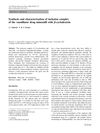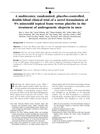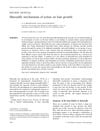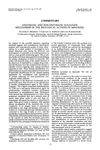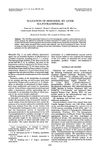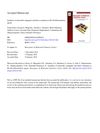Synthetic Studies Toward the Development of Novel Minoxidil Analogs and Conjugates with Polyamines
February 2010
in “
Tetrahedron Letters
”
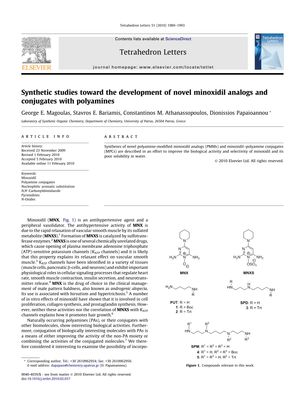
TLDR New minoxidil compounds with better water solubility were made, but their full effects and safety need more research.
The document from April 1, 2010, detailed the creation of novel polyamine-modified minoxidil analogs (PMMs) and minoxidil-polyamine conjugates (MPCs) to enhance the properties of minoxidil (MNX), a drug used for treating hypertension and male pattern baldness. The study involved attaching polyamines like putrescine, spermidine, and spermine to MNX using different synthetic methods. PMMs were produced through amination, N-oxidation, piperidine addition, and N-deprotection, while MPCs were synthesized via CDI-mediated activation of MNX and coupling with protected polyamines. These new compounds showed significantly better water solubility than MNX. However, the biological effects and detailed structure-activity relationship studies were still underway at the time of publication, and there was a note of caution regarding the potential increased toxicity due to the incorporation of polyamines, particularly spermine.

